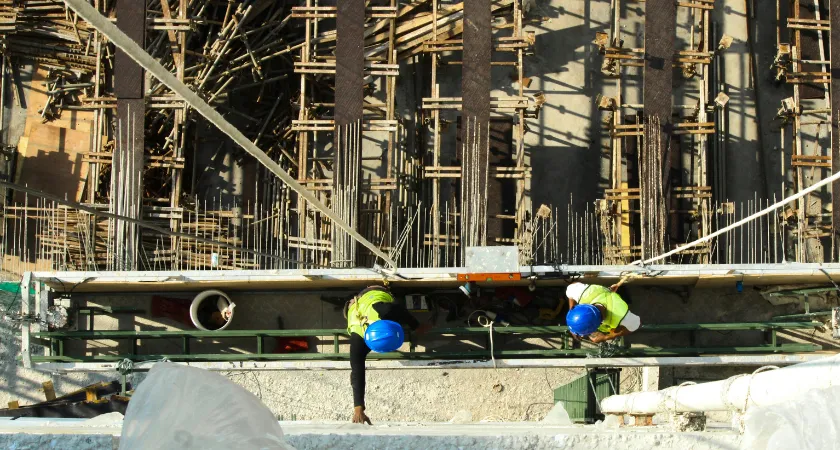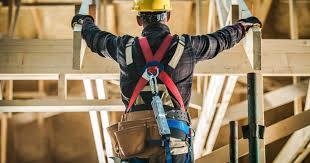
The U.S. construction industry is entering 2025 at a crossroads—caught between strong demand for housing and infrastructure and the economic pressures of labor shortages, rising interest rates, and slower spending.

For Texas, however, construction remains a central economic driver. New data from Construction Coverage reveals that 7.2% of Texas workers are employed in the construction industry, well above the 6.1% national average. This translates to more than 857,000 Texans working in construction, a 4.3% increase year-over-year—nearly double the U.S. growth rate of 2.3%.
Nationally, the construction workforce includes about 8.1 million Americans, representing 6.1% of all private-sector jobs. Employment in the sector has rebounded strongly since the lows of the Great Recession, when construction accounted for just 4.8% of jobs in early 2011—the lowest level in over three decades.
The post-pandemic years saw a temporary surge, with construction classified as an essential service in most states, allowing it to avoid the widespread job losses that hit other industries. Employment share briefly exceeded 6.4% before settling into its current range of 6.0–6.3%.
However, as interest rates remain high and some projects face delays or cancellations, analysts warn that the industry could be entering a more cautious phase—making states with high construction reliance more vulnerable to economic swings.
.webp)
While construction includes a broad range of occupations, physical trades still dominate. The most common jobs nationwide include laborers (11.0%), first-line supervisors (7.7%), and carpenters (7.3%). Other major skilled trades include electricians (7.2%), plumbers (4.6%), HVAC technicians (3.7%), masons (2.4%), painters (2.2%), and roofers (1.6%).
Beyond the job site, critical support roles like construction managers (3.4%), general operations managers (3.4%), and project managers (2.7%) play key roles in keeping projects on track.
The Mountain West still dominates in terms of concentration, with Wyoming (11.0%), Utah (9.5%), and Idaho (9.3%) leading the nation. Texas ranks behind these leaders but ahead of the U.S. average, underscoring its strong population growth, housing demand, and infrastructure expansion.
States with the lowest construction employment shares include Connecticut (4.3%), New Jersey (4.4%), and New York (4.7%), where slower population growth and more diversified economies mean less reliance on construction.
“Construction activity in the Mountain West is being driven by a combination of rapid in-migration, expanding housing needs, and large-scale manufacturing and infrastructure projects,” the report notes, adding that similar factors—especially housing demand—are also propelling growth in Texas.
While Texas construction employment is robust, industry experts caution that heavy reliance on the sector means local economies can be more exposed to downturns. If borrowing costs remain elevated or federal infrastructure spending slows, growth could taper.
For now, Texas continues to benefit from its strong job market, population inflows, and a steady pipeline of residential, commercial, and public projects—factors that are keeping cranes in the air and job sites busy across the Lone Star State.
Originally reported by Construction Coverage in KTEN News.